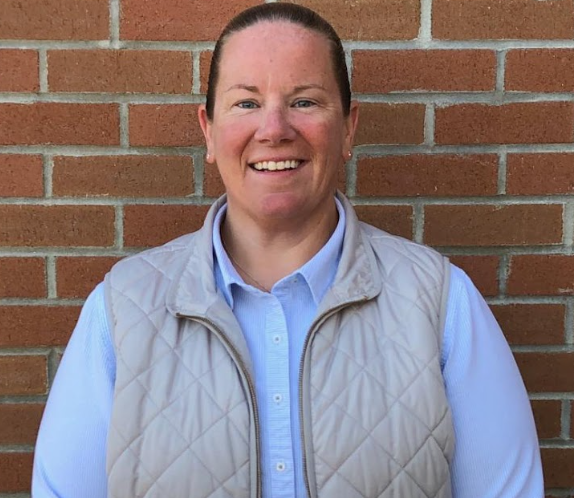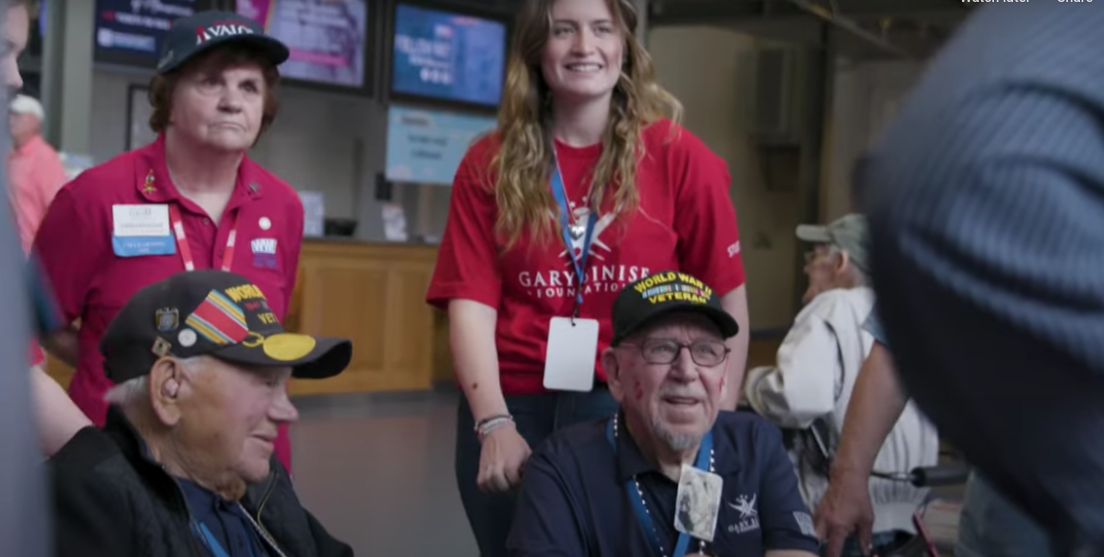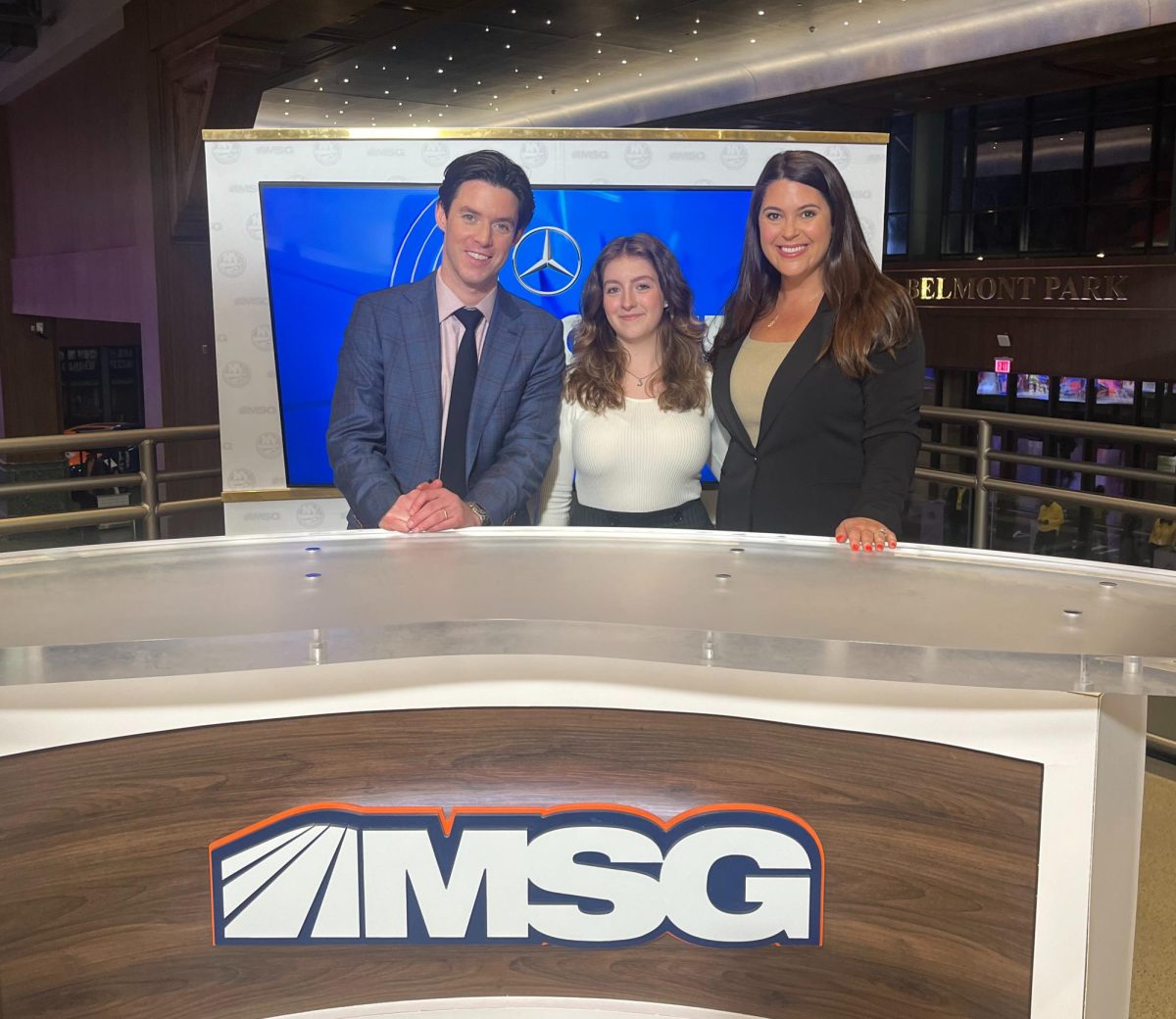Adapting in the Science Department: Lessons and New Directions
January 11, 2021
With the stresses and uncertainties of the COVID era in abundant supply, hearing my friend cheer, “Let’s go, Block ‘O Wood,” as he pulled a wooden block across sandpaper to find its coefficient of friction was ironically relieving. As someone who already enjoys science, doing labs like this one in my Physics class has felt better than I could have expected, with the experiences bringing with them both nostalgia and hope.
Out of all areas, science at Wantagh High School, and high schools across the country, has been hit particularly hard by the need to reconcile traditional lab procedures with the hybrid learning model and COVID-19 restrictions. Despite this, Wantagh’s science department, teachers, and students have found intuitive solutions to make science learning as productive and meaningful as possible.
I had the opportunity to speak with Mr. Colavita, who teaches Physics, as well as Ms. Winans, director of the Wantagh School District Science Department, on the challenges that needed to be overcome and what comes next in Wantagh’s approach to science, in particular, labs, this year.
When I asked Mr. Colavita what he saw as the biggest challenge in giving labs, he stated that managing two separate cohorts has been notable. Mr. Colavita said,“The question becomes what to do with the remote students while the in-class students are doing the lab. Labs have to be performed in the classroom.”
With some manipulations, however, we have been able to get the best experience possible out of labs in physics. In one lab we performed in my class with Mr. Colavita, the opposite-cohort students were able to participate by going outside their homes and throwing a ball, timing how long it took to hit the ground so that equations could be used to find its maximum height, at the same time the in-person students did so on the high school’s field. When I asked him what he felt he was able to accomplish well in his classes, Mr. Colavita explained that for most labs, he was able to “keep the system as close as possible to the way labs are usually done.” He elaborates, “It’s better for students to be able to manipulate actual real-world objects in order to learn how to do the lab.”
Ms. Winans agreed that many challenges have been course-specific. When I asked her if any course had presented unique problems, she explained that while Chemistry labs are traditionally the most fun and engaging, “With glassware, sharing of chemicals, and use of safety protocols, we had to shift most of our labs to the virtual format.” She explained that teachers have been able to use programs such as ExploreLearning Gizmos to “expand our ability to bring these labs to life on the computer,” while teachers continue to perform lab demos to enhance student understanding and optimize exposure to chemistry.
Despite the new changes, Ms. Winans is optimistic about the ability of the science department to break the barriers of technology. Ms. Winans stated, “Science is alive and well in Wantagh. We love our students, and I think that is clear in the hours of dedication and creativity the teachers have put into their ever-changing learning environment.”











